Mangoes—succulent, aromatic, and vibrantly colored—are among the world’s most beloved fruits. Often referred to as the king of fruits, mangoes are cultivated in tropical and subtropical regions, where warm temperatures and seasonal rains provide the ideal conditions for growth. But have you ever wondered: Where do most of the world’s mangoes come from? Which countries are responsible for feeding the planet’s ever-growing appetite for this golden delicacy?
In this article, we explore the major mango-producing nations, examine what makes these countries excel in mango cultivation, and analyze global trends in mango production and distribution.
A Global Perspective on Mango Production
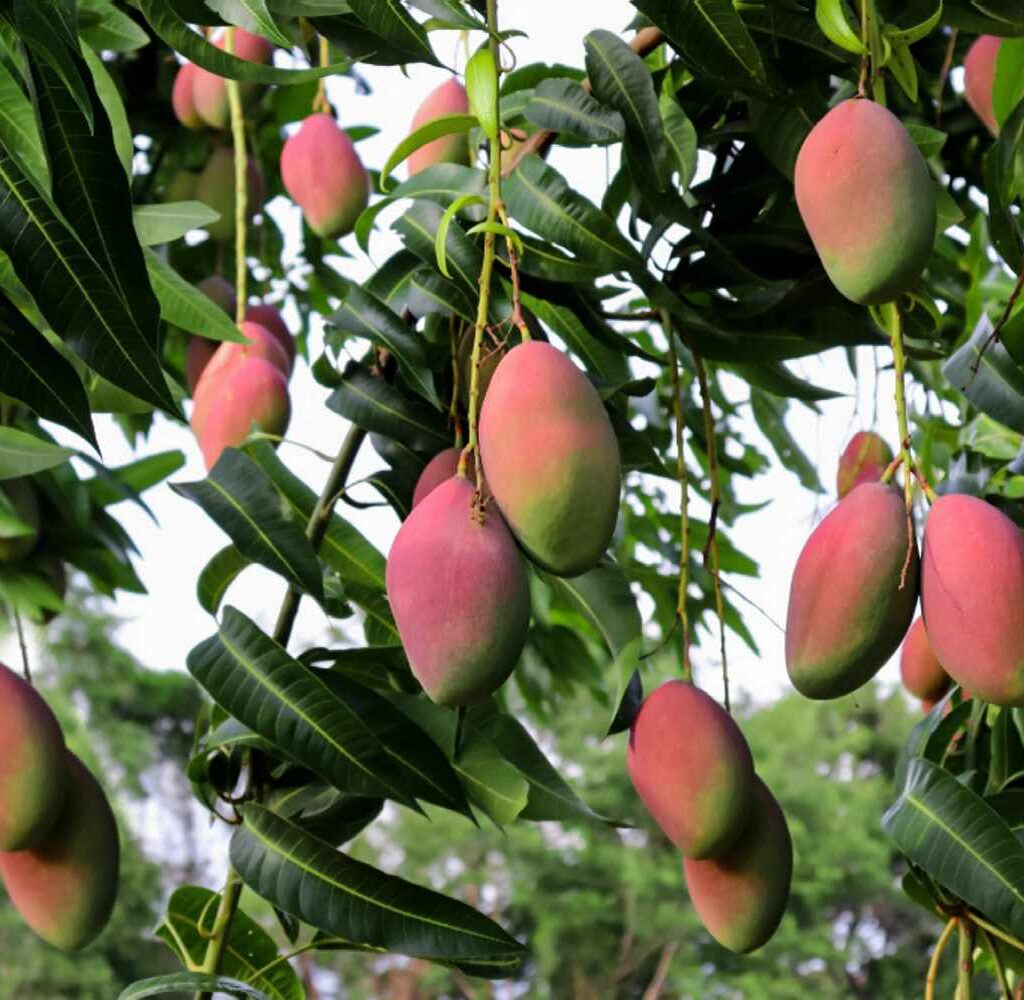
Mangoes are cultivated in over 100 countries, yet a handful of nations dominate global production. According to the Food and Agriculture Organization (FAO) and 2025 trade data, more than 55 million metric tons of mangoes are produced annually worldwide.
Out of this impressive volume, Asia contributes over 75%, followed by Africa and Latin America. The top 5 producers collectively account for more than 80% of global mango production.
1. India – The Unrivaled Mango Giant
- Annual Production: ~24–25 million metric tons
- Global Share: ~45%
- Major Growing States: Uttar Pradesh, Andhra Pradesh, Maharashtra, Gujarat, Bihar, Karnataka
- Famous Varieties: Alphonso (Hapus), Kesar, Dasheri, Langra, Banganapalli
India is the world’s largest mango producer by far, responsible for nearly half of all mangoes grown worldwide. With a mango cultivation history that dates back over 4,000 years, the fruit is deeply woven into India’s culture, cuisine, and economy.
Why India Leads in Mango Production
- Vast Land Availability: Over 2.5 million hectares of land are devoted to mango cultivation.
- Climatic Suitability: India’s tropical and subtropical climate supports diverse mango varieties with long growing seasons.
- Genetic Diversity: India grows more than 1,000 mango varieties, many of which are prized globally.
- High Domestic Demand: India consumes most of its mangoes domestically, limiting the volume exported despite the large harvest.
2. China – The Asian Giant Catching Up
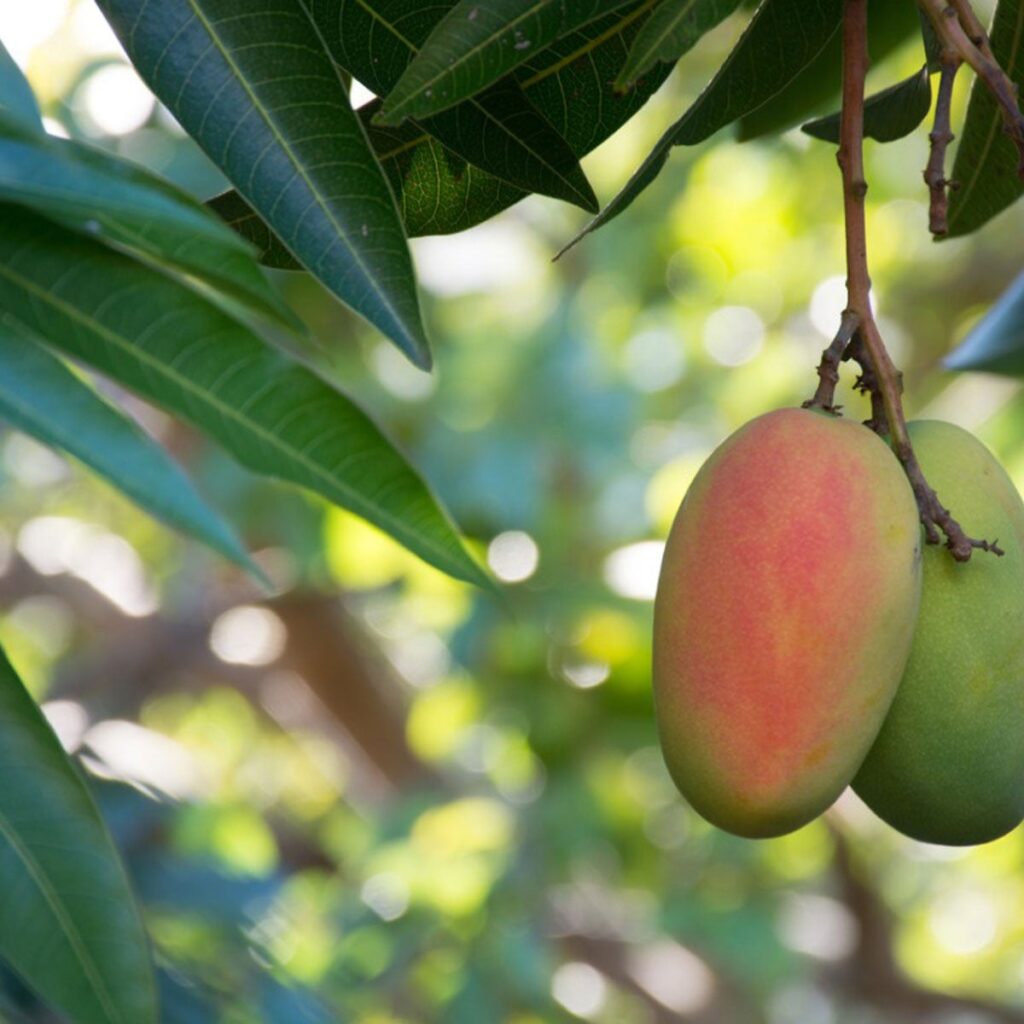
- Annual Production: ~4.5–5 million metric tons
- Global Share: ~8%
- Major Growing Regions: Guangxi, Yunnan, Guangdong, Hainan
- Popular Varieties: Tainong, Jinhuang
China is the second-largest producer of mangoes globally. While its mango cultivation is relatively recent compared to India, it has grown rapidly due to strategic investment, technological innovation, and rising domestic demand.
China produces primarily for its own market, with limited exports. However, efforts are underway to increase yields, improve quality, and expand exports to East Asia and Europe.
3. Thailand – A Southeast Asian Powerhouse
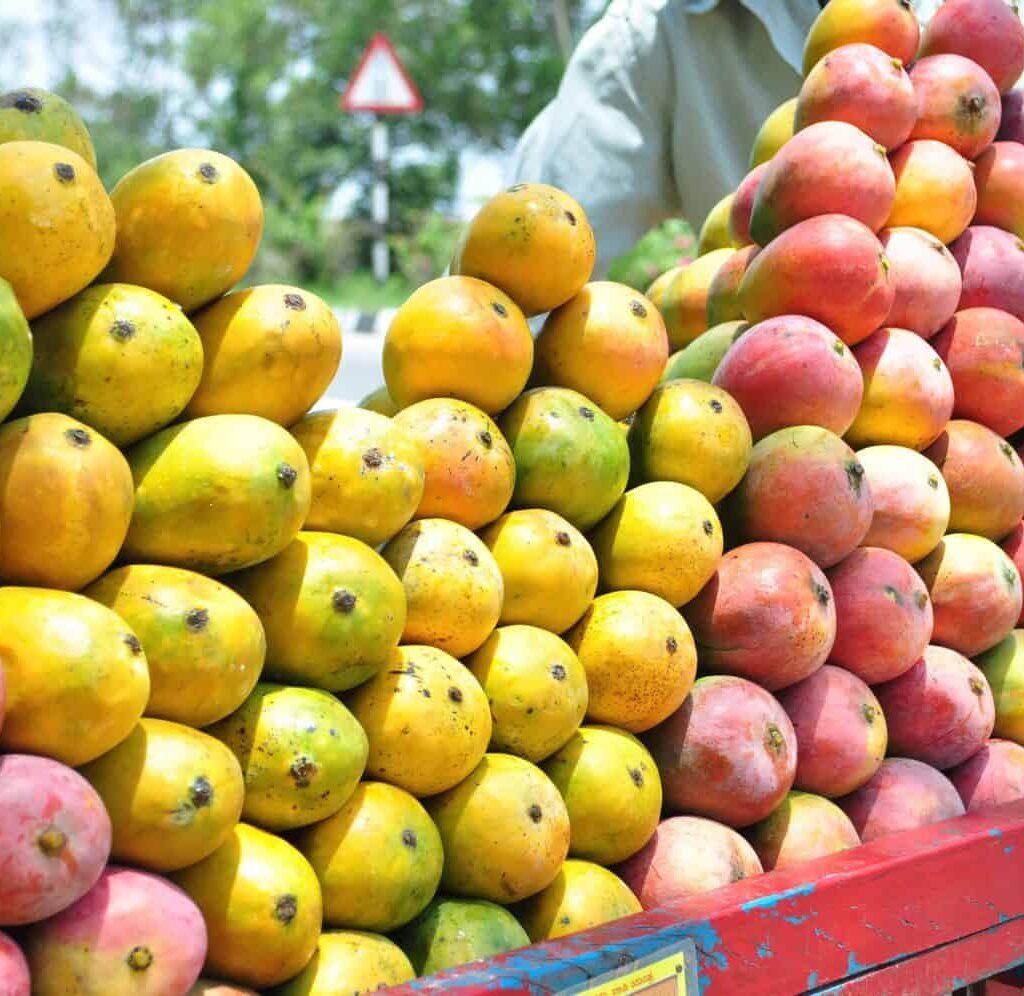
- Annual Production: ~3.5–4 million metric tons
- Global Share: ~6–7%
- Major Growing Regions: Nakhon Ratchasima, Chiang Mai, Chachoengsao
- Export-Grade Varieties: Nam Dok Mai, Keo Savoy
Thailand combines quality with quantity. It is known for its carefully managed mango farming, producing both export-quality fruit and local delicacies. With government support and GAP-certified farms, Thailand has also become a leading exporter of mangoes, especially to East Asia.
4. Indonesia – Abundant but Under-Exported
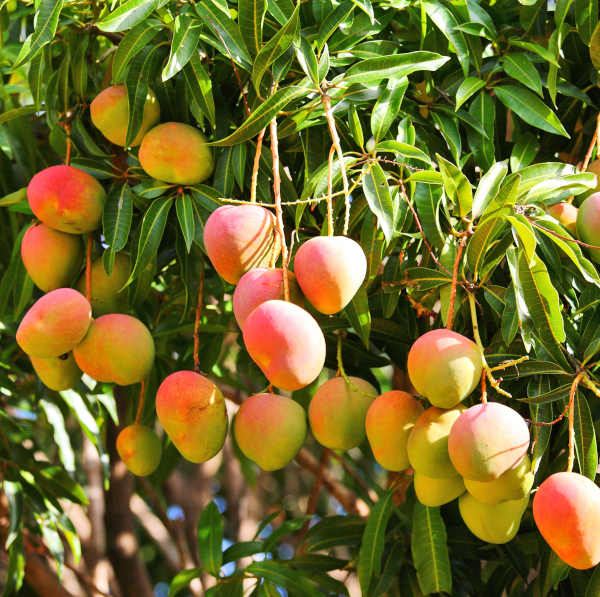
- Annual Production: ~2.8–3.2 million metric tons
- Global Share: ~5–6%
- Major Growing Areas: Java, Sumatra, Sulawesi
- Key Varieties: Arumanis, Gedong Gincu
Indonesia grows vast quantities of mangoes, primarily for local consumption. The nation is currently investing in post-harvest technology and export channels, especially to Middle Eastern and Southeast Asian markets. Rising interest in organic and sustainable mangoes is driving new export initiatives.
5. Pakistan – Sweet Mangoes with Global Demand
- Annual Production: ~2.3–2.6 million metric tons
- Global Share: ~5%
- Key Producing Provinces: Punjab, Sindh, Khyber Pakhtunkhwa
- World-Renowned Varieties: Sindhri, Chaunsa, Anwar Ratol
Pakistan’s mangoes are globally celebrated for their aroma, taste, and smooth texture. Though smaller in production volume than its neighbors, Pakistan has a strong export network, especially to the Middle East, UK, and Europe. Its government has prioritized mango cold storage and treatment facilities to meet international standards.
6. Mexico – The Americas’ Mango Leader
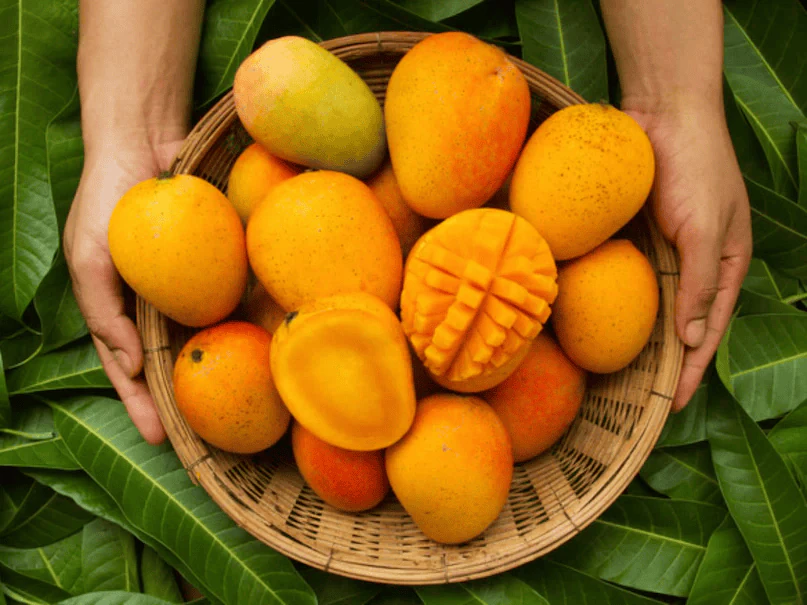
- Annual Production: ~2–2.2 million metric tons
- Major Growing States: Sinaloa, Michoacán, Chiapas, Guerrero
- Popular Varieties: Ataulfo, Kent, Tommy Atkins
Mexico is North and South America’s leading mango producer, with most of its production geared toward export—particularly to the United States and Canada. While it ranks sixth globally in production, Mexico is the world’s #1 mango exporter, thanks to its efficient logistics, modern packaging systems, and strong trade relationships.
7. Brazil – Latin America’s Organic Mango Hub
- Annual Production: ~1.5–1.8 million metric tons
- Main Regions: Petrolina-Juazeiro, São Paulo, Bahia
- Notable Varieties: Palmer, Tommy Atkins
Brazil has gained global recognition for its organic and fair-trade mangoes, especially in European markets. With a well-developed river irrigation system and strong export infrastructure, Brazil’s mango industry is expanding steadily.
Other Notable Mango Producers
| Country | Approx. Annual Production | Region/Notable Facts |
|---|---|---|
| Philippines | ~1.2 million MT | Famous for the ultra-sweet Carabao mango |
| Nigeria | ~900,000 MT | Africa’s top mango producer |
| Egypt | ~800,000 MT | Strategic exporter to Middle East and Europe |
| Vietnam | ~750,000 MT | Rapidly rising with high-quality exports |
Factors Driving Mango Production Dominance
1. Climate and Soil Conditions
Tropical and subtropical regions with well-distributed rainfall and warm temperatures are perfect for mango cultivation. Soil that is well-drained and rich in organic matter further enhances yield.
2. Agricultural Expertise
Countries with a long tradition of mango farming, like India and Thailand, have refined techniques over generations—such as grafting, pruning, pest management, and flowering control.
3. Domestic Demand
High internal consumption helps countries like India and China support large-scale cultivation. In India, mangoes are a staple in chutneys, pickles, lassis, and desserts—ensuring demand even without exports.
4. Government Policies and Infrastructure
Nations with well-planned cold chains, treatment facilities, and trade promotion agencies (e.g., APEDA in India, ProMéxico in Mexico) have an advantage in expanding production and ensuring quality exports.
5. Global Market Access
Countries like Peru, Brazil, and Vietnam have invested in organic certification, traceability systems, and market-specific compliance (e.g., VHT for Japan or irradiation for the U.S.) to penetrate competitive international markets.
Global Trends in Mango Production (2025 Update)
- Rising Consumption in Non-Tropical Regions: Europe, Russia, and East Asia are seeing growing demand for fresh and processed mangoes.
- Processed Mango Demand Surges: Mango pulp, juice, dried slices, and frozen chunks are boosting year-round consumption, especially from India, Thailand, and the Philippines.
- Climate Change Challenges: Erratic rainfall, rising temperatures, and water scarcity are affecting yields. Countries are now adopting climate-resilient varieties and micro-irrigation systems.
- Organic and Sustainable Farming: Consumers are increasingly seeking organic mangoes, especially in Europe and North America. Countries like Brazil, Kenya, and Egypt are adapting quickly.
Conclusion: Mangoes from the East to the World
To answer the question: Most of the world’s mangoes come from India, which produces nearly half of global supply. Following India are major producers like China, Thailand, Indonesia, Pakistan, and Mexico. These countries dominate mango cultivation due to their favorable climates, farming expertise, and cultural ties to the fruit.
While India is the global leader in mango production, countries like Mexico and Peru dominate in exports. The future of mango production lies in improving sustainability, cold chain infrastructure, and adapting to climate challenges. As global demand grows for this luscious fruit, nations across Asia, Africa, and the Americas continue to shape the dynamic world of mangoes.

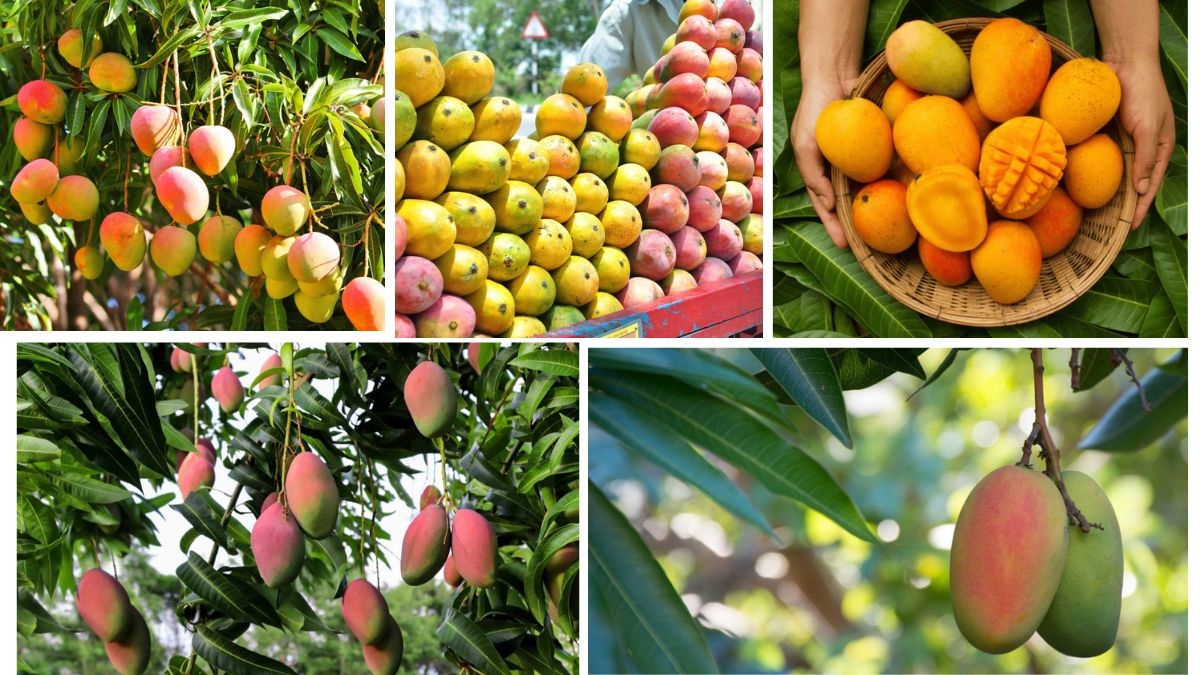





Leave A Comment